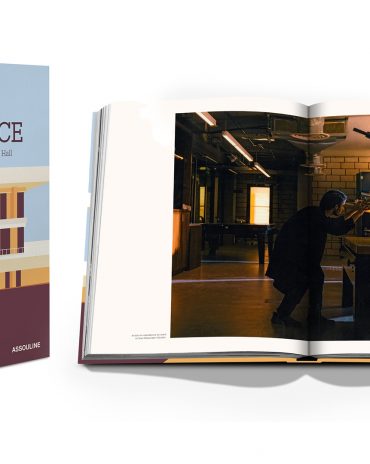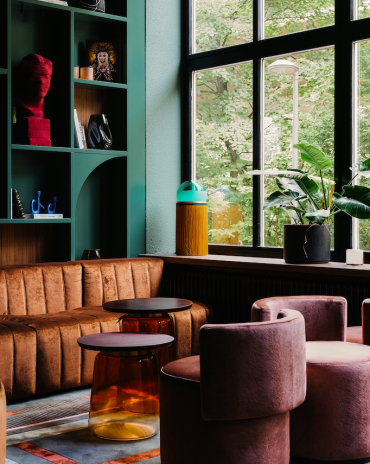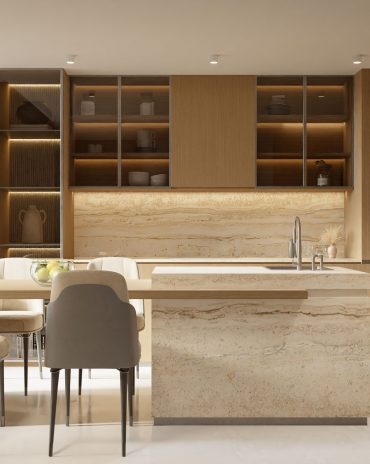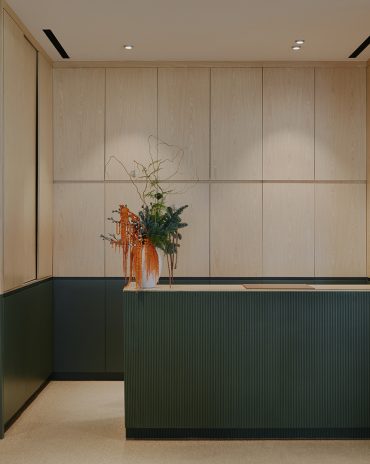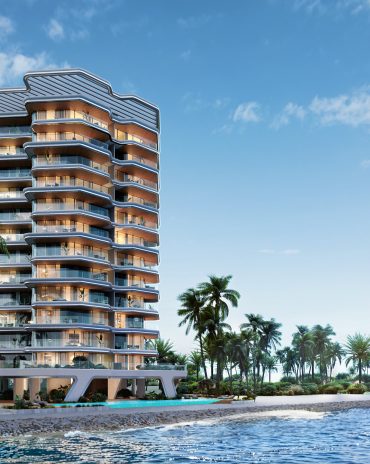Copyright © 2025 Motivate Media Group. All rights reserved.
For the love of the Land Rover
The automotive brand celebrates almost seven decades of its success and ingenuity.
In 1947, Rover found itself in a difficult position. Its original factory had been severely damaged by bombs in World War II, the luxury cars it was previously known for producing were not in demand, and raw materials were strictly rationed.
To restart car production and to secure materials, the company needed a new product that would bring in cash and export orders. Maurice Wilks, Rover’s chief designer, drew up a plan to make a car that, like his own army-surplus Jeep, could be used in almost all terrains – but with farmers and utility companies as target customers.
The new model was intended to be in production for just two or three years – but when Rover began car production it found those models were outsold by the Land Rover.
‘Fit for purpose’ is a phrase that describes the original Land Rover perfectly, though many of its features were dictated by the economic realities of the time.
Lightweight and resistant to corrosion, the aluminium alloy bodywork was chosen because of steel shortages. The distinctive, simple shape allowed panels to be formed by hand – reducing tooling costs – and the chassis was designed to make welding operations less complex.
In April 1948 the Land Rover was launched at the Amsterdam Motor Show, and it immediately proved popular. Though equipped with a four wheel-drive system, the vehicle was very basic, with even a roof or tops for the doors costing extra.
Soon, more versions were offered, and over the years buyers have been able to choose from station wagons with seating for up to 12 people, pickups, military models and a raft of engine options. The Land Rover’s appearance has also evolved gently over time: a slightly softer ‘waist’ was introduced, the headlights have moved from the radiator grille to the wings; but a Land Rover has always been instantly recognisable as a Land Rover.
The car only got a proper model name, Defender, in 1990 – after more than four decades in production! – when the arrival of the ‘lifestyle’-orientated Discovery made range differentiation necessary.
In January 2016, after 67 years of continuous production, the last Defender left the factory. Like the Jeep before it, the Land Rover became synonymous with an entire genre of vehicle and resulted in a new brand that continues to draw on the heritage of the original.
The Latest
Textures That Transform
Aura Living’s AW24 collection showcases the elegance of contrast and harmony
Form Meets Function
Laufen prioritises design, functionality and sustainability in its latest collections
Preserving Culture, Inspiring Creativity
Discover the Legacy of a Saudi Art Space: Prince Faisal bin Fahd Arts Hall explores the Hall’s enduring influence on the cultural fabric of Saudi Arabia
Channelling the Dada Spirit
Free-spirited and creative, The Home Hotel in Zurich injects a sense of whimsy into a former paper factory
id Most Wanted- January 2025
Falaj Collection by Aljoud Lootah Design
Things to Covet in January
identity selects warm-toned furniture pieces and objets that align with Pantone’s colour of the year
Shaping the Future of Workspaces by MillerKnoll
Stacy Stewart, Regional Director Middle East & Africa of MillerKnoll discusses the future and evolution of design in workspaces with identity.
Shaping Urban Transformation
Gensler’s Design Forecast Report 2025 identifies the top global design trends that will impact the real estate and built environment this year
Unveiling Attainable Luxury
Kamdar Developments has launched 105 Residences, a new high-end development in Jumeirah Village Circle.
The Muse
Located in the heart of Jumeirah Garden City, formerly known as ‘New Satwa’, The Muse adds to the urban fabric of the area
Cultural Immersion Meets Refined Luxury
The Chedi Hegra opens its doors in AlUla’s UNESCO World Heritage Site
Redefining Coastal Luxury
Sunshine Bay on Al Marjan island combines seaside views, exceptional design, and world-class amenities to create a unique waterfront haven







